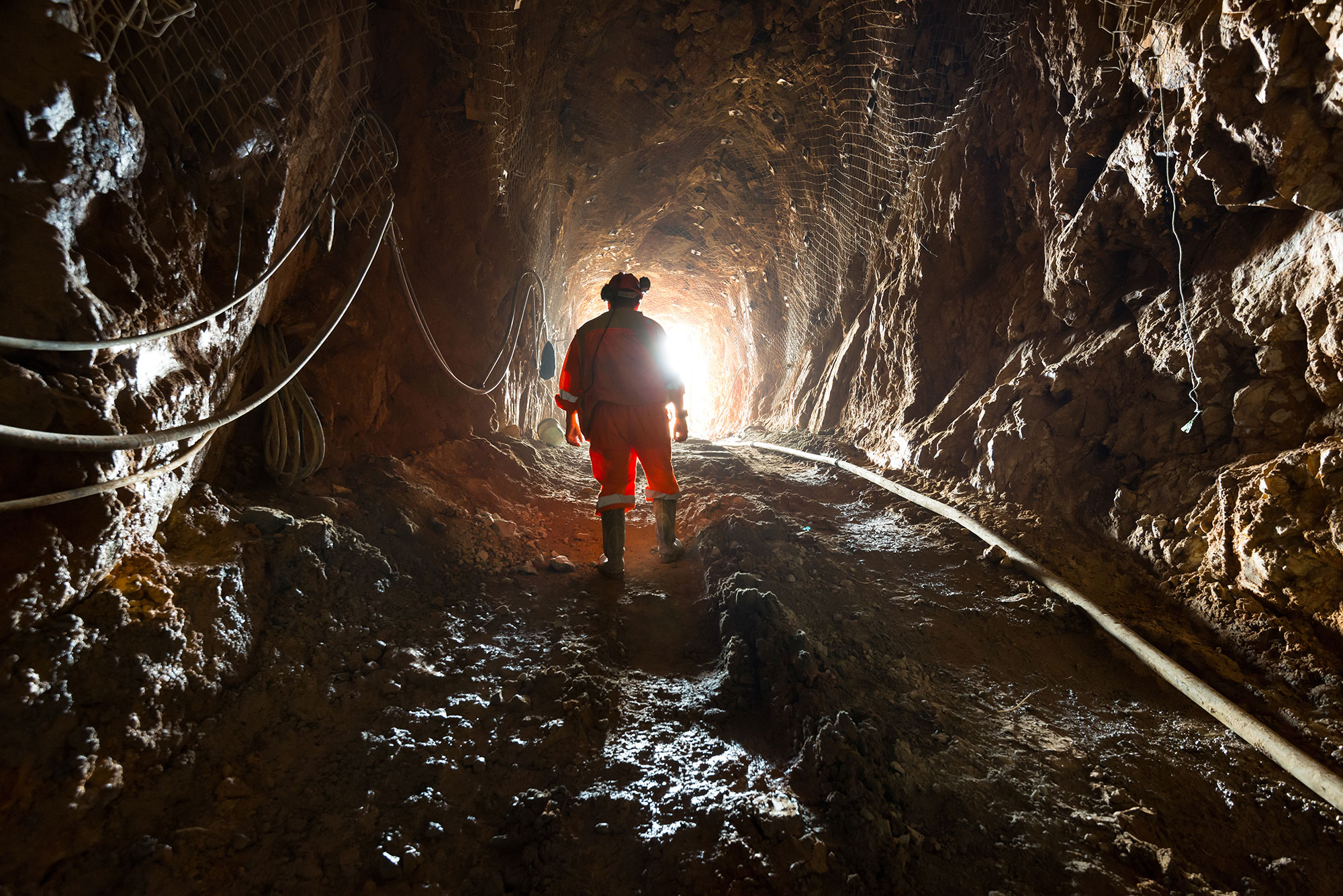
New resources and services help Ontario mines meet Ministry requirements
Workplace Safety North (WSN) has launched a new toolkit to help make Ontario mines safer. The toolkit includes an Information Sheet and a Risk Management Overview and Gap Assessment Tool that will help mining operations quickly identify how well they meet legal requirements and where they can improve.
“The toolkit includes resources and training that can help mining operations manage risk more effectively,” says Cindy Schiewek, WSN Director of Health and Safety Services. “It’s a great starting point for mine operators to make sure they’re taking the necessary steps to manage risk.”
Understanding the background: A safety evolution since 2012
Since 2012, the Ministry of Labour, Immigration, Training, and Skills Development (Ministry) has been taking a risk-based approach to make workplaces safer. In January 2017, they made a guideline for risk assessments in mines, following changes in the Occupational Health and Safety Act.
Understanding legal requirements: Breaking down Regulation 854
Employers are responsible for complying with risk assessment requirements. The legal framework includes three important sections in Regulation 854 for Mines and Mining Plants:
5.1. Conducting risk assessment: Employers must do a risk assessment and share the results with the joint health and safety committee, the health and safety representative, or directly with workers.
5.2. Developing and maintaining measures: Employers, with help from the joint health and safety committee or the health and safety representative, must create and keep measures to stop or control hazards. They must write these measures down.
5.3. Reviewing risk assessment: The risk assessment must be looked at as much as needed and at least once a year. This looks at new hazards, changes in old hazards, and how well the measures from section 5.2 are working.
Toolkit provides comprehensive resources and information
To guide organizations through the risk management process, WSN provides free resources including an information sheet and Gap Assessment Tool.
Research results on Mining Sector Risk Assessments-Root Cause Analyses cover various aspects of mining operations. Once hazards are found and understood, employers can manage risks by using the best controls.
Training opportunities to empower the workforce
As part of the toolkit, WSN offers a Risk Assessment Course to teach people about the fundamentals of risk assessment. This helps them contribute to making their workplace safer.
Tailored consulting solutions
Each mining worksite is different, so WSN offers custom solutions like workshops and hands-on sessions for risk assessments. WSN can also help organizations develop their risk management skills. For organizations seeking more information, Schiewek recommends reaching out to their local WSN Health and Safety Specialist.
Next steps for mining firms: A path to improved safety
To meet rules and best practices, organizations are encouraged to follow these steps outlined in the Assessing Risk in Mining Operations Information Sheet: (1) review the Risk Assessment Overview, (2) complete the Risk Management Gap Assessment, (3) fix all identified legislative gaps, and (4) fix gaps related to the Ministry Guideline.
“By following these steps, organizations can help make the mining industry safer and healthier,” says Schiewek. “Workplace Safety North is always ready to help organizations with their health and safety journey.”
Related
Visit the Risk Management webpage for more information on mining risk assessment tools and services, including the information sheet, overview, and gap assessment tool.
You can also find the latest research on risk management in the mining sector.
